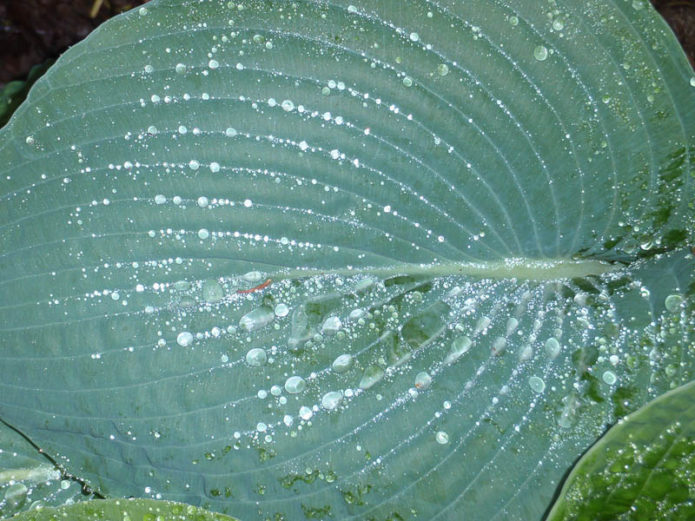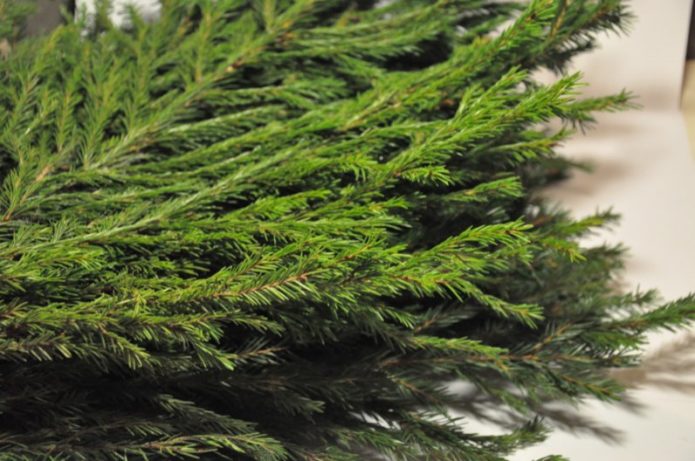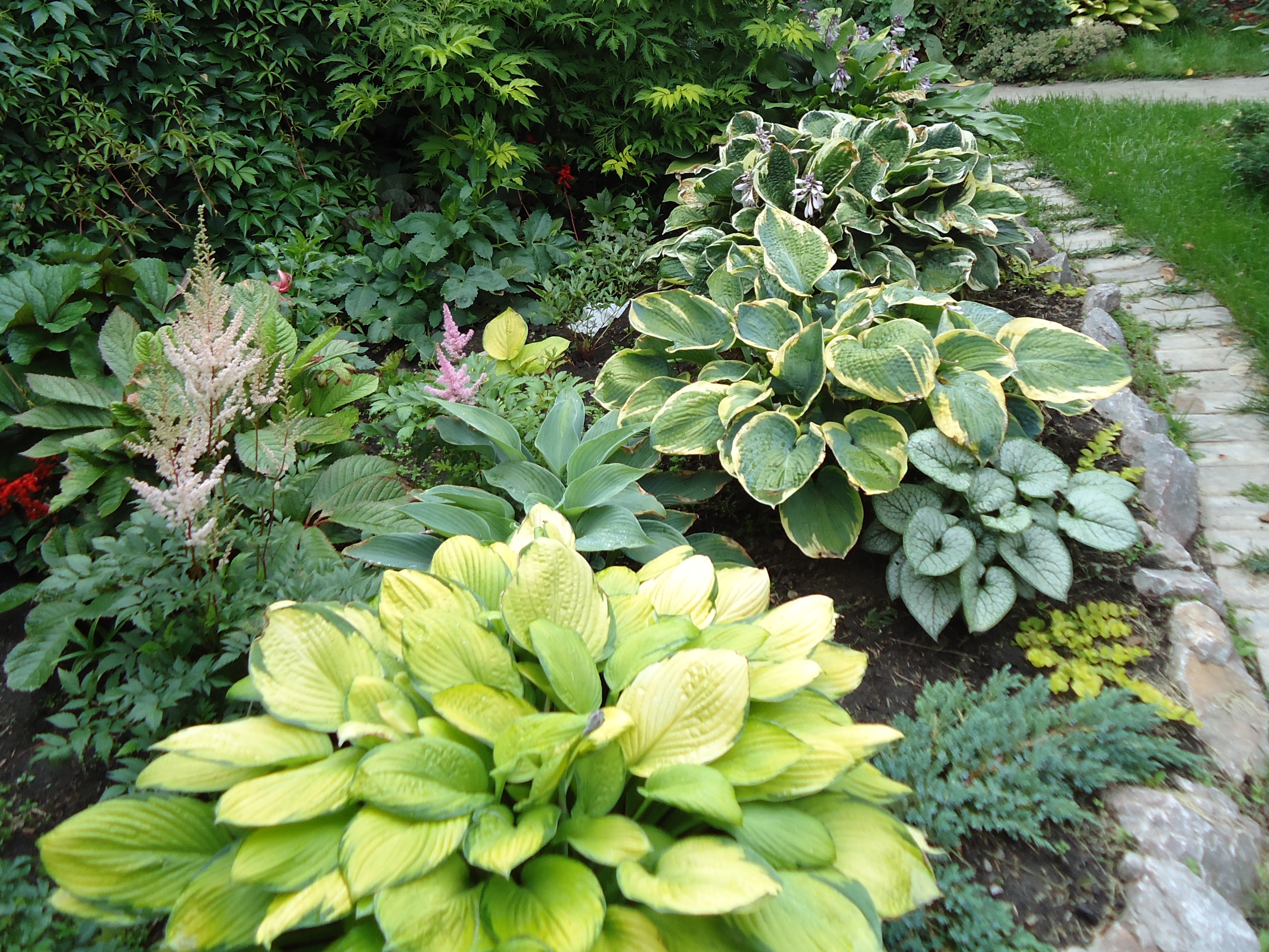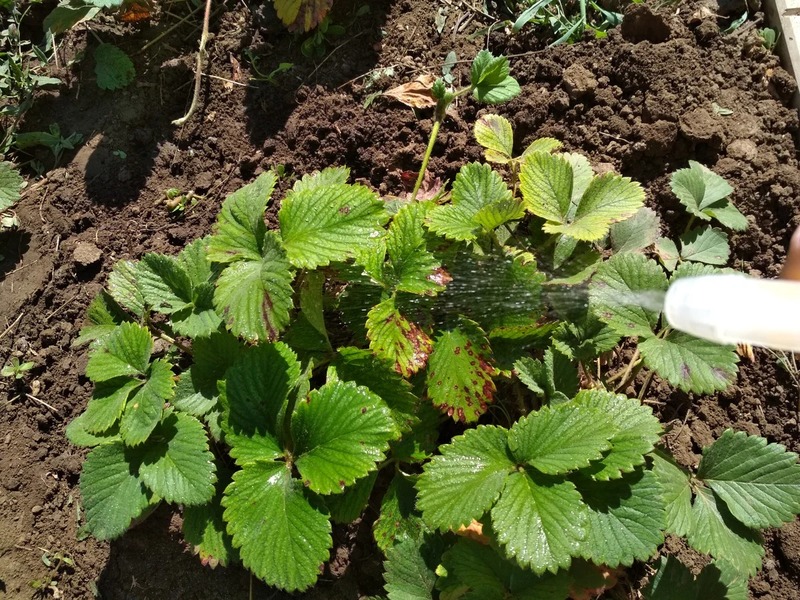Many consider the hosta to be an extremely unpretentious herb. Lands with any soil composition and the most modest level of illumination, even very dark ones, are suitable for growing it. The only thing that must be provided to the plant is protection from drafts and proper support in the cold months of the year. Here's what the host needs: care in the fall, preparation for winter, and other gardening activities.
What kind of care does a host need in the fall
In order for the chic, spreading leaves of the bush to winter safely, in the fall the plant needs to trim excess foliage and cover (mulching). In each case, these works have their own characteristics, which depend on the region, as well as on the variety. Also, the plant needs feeding, proper watering and pruning.
Winter preparation procedures
There is a widespread myth among gardeners that the hosta may well winter out on its own - without installing a special shelter that would protect from frost. This is not true. This option is possible only in regions with a comfortable warm climate, and in all other territories a special set of measures is required.
Removing old buds
Removing already faded buds is necessary so that the plant does not waste energy in the fall on seed ripening. This is the very first stage of preparing a culture for winter.
Autumn watering
Before wintering, the bush must receive a sufficient amount of moisture. The plant will report a lack of water by itself - leaves lowered to the ground. The entire root system should be nourished, because with the arrival of frosts and low temperatures, the amount of drinking for the hosts will need to be sharply reduced, and then completely stop watering.
Top dressing with phosphorus and potassium
In order for the plant to have more strength for wintering, it needs feeding. Well suited for this:
- bone flour;
- wood ash;
- potassium sulfate and superphosphate (for 1 sq. m of the garden you need 30-40 g of the product).
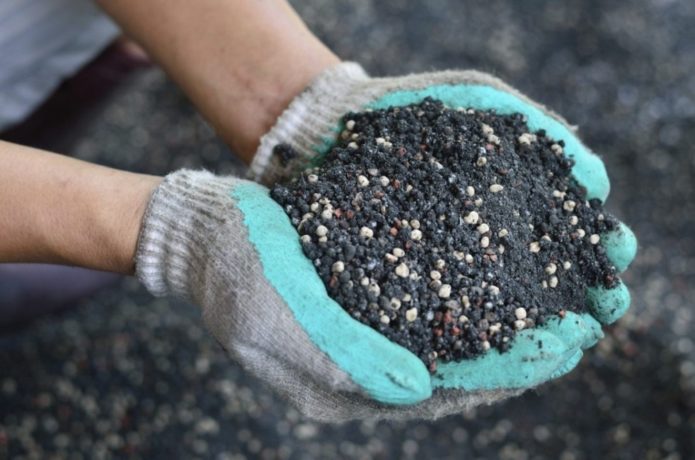
The last nitrogen fertilization is carried out in the first half of summer for a more lush growth of greenery
The best effect is given by:
- mineral fertilizers - dissolve in water;
- organic - scattered near the plant (followed by generous watering).
Pruning
The need for this procedure is questioned by many gardeners. However, if the leaves of the plant are completely yellow, it is better to cut them off. This is a sure sign that the host has transferred all of its nutrients to the root system.
Pruning is carried out using a conventional pruner. Leaves must be cut so that at least 10 cm "stumps" remain.
It makes no sense to cut off green vegetation. Rather, it will be a purely aesthetic procedure.
After all, the bush will be able to overwinter with leaves. Pruning such a bush can be arranged in the spring, ridding it of dead parts. At the same time, in winter, the dead leaves will also have a certain meaning - they will become a protection for the plant in the cold.
Mulching
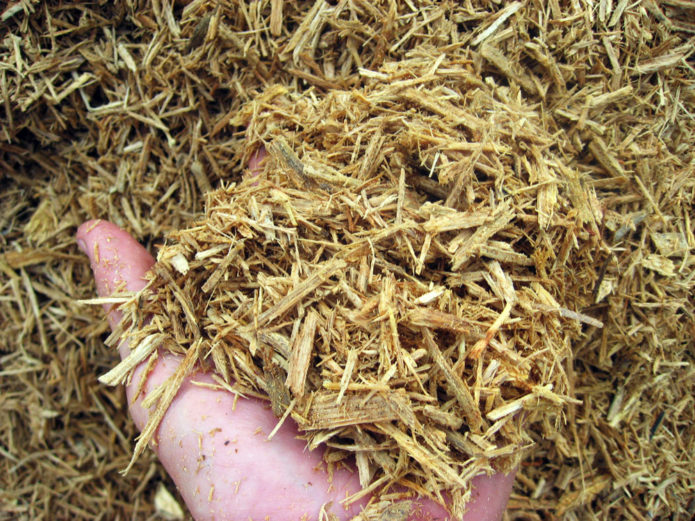
It is better not to use sawdust as mulch for hosts - they absorb a lot of moisture, and in winter it can be harmful
Mulching is carried out on the eve of the onset of stable cold weather. The bush must be securely covered from all sides, protected from frost. A mixture of peat and cut grass will cope with this task.Some gardeners "insulate" the host with sawdust, but this should not be done, since they accumulate a large amount of moisture. So in the winter, such protection can do more harm than good.
Mulching includes the following stages of work:
- Preparation of a herb-peat mixture (possibly with the addition of compost and bark).
- Directly mulching (it assumes that the specimen will be covered with a layer of 10 to 20 cm on each side).
Do not sprinkle the leaves with mulch. A mound on top can only be formed if the leaves have been cut.
Mulch processing
It is also recommended to treat mulch from pests.
For example, using tobacco dust, the hostu can be protected from slugs and snails, which are considered the most dangerous enemies of the bushes (they leave round holes in the leaves).
Treatment with chemical insecticides is also possible.
A few more important points
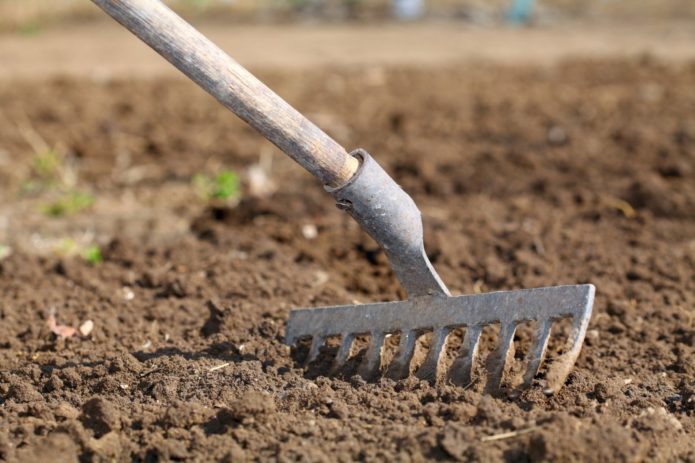
In early spring, do not forget to rake off the mulch to allow the soil to warm up better and the plant grows faster
Also, when preparing a plant for winter, it is important to consider the following nuances:
- it is not worth carrying out nitrogen fertilization on the eve of winter (this will lead to the growth of roots and leaves of the green hosta mass, which will interfere with normal wintering, and at the same time reduce the plant's resistance to diseases);
- it is also contraindicated to use moisture-proof materials - plastic wrap or roofing material - as protection against frost (they are not only inferior in their properties to mulch, but can also lead to the opposite effect, because the plant will begin to rot and eventually freeze more);
- autumn is a good time for dividing and transplanting a plant, therefore, in addition to preparing the hosta for wintering, it can also be planted in a garden plot.
Autumn transplant
Autumn hosta transplant includes several stages:
- Complete digging.
- Root cleaning and removal of all damaged branches.
- Pruning the root system with pruning shears (which helps to rejuvenate the plant).
- Preparation of planting holes (with drainage from broken bricks and gravel at the bottom of the hole).
- Landing (so that the root collar of the hosta is at the same level with the ground).
After the autumn transplant, it is not necessary to apply fertilizers to the ground "in order for the plant to take root better. After all, they can provoke an increased growth of the bush, while, on the contrary, it needs peace.
It is important to remember that transplantation is contraindicated for weakened plants: the chances of settling in a new place and successfully overwintering are low.
Care taking into account regional characteristics
Each of the Russian regions has its own characteristics of preparing a plant for wintering.
In the northern regions, it is recommended that the host not only mulch for the winter, but also cover it securely. The bush is quite frost-hardy, but in case of very strong and prolonged frosts, the root system of the plant should be provided with increased safety with the help of additional means, for example, covering non-woven materials (from spunbond to agrofibre) or spruce branches.
At the same time, you should not worry about the safety of vershoks - if everything is in order with the roots, in the spring the plant will safely grow again.
The timing also differs in which it is necessary to mulch and cover the plant. In the southern regions of the country, this procedure is performed closer to the beginning of November. In central Russia, hosts can start mulching in mid-September. A little earlier they cover the plant in the Urals and Siberia. At the same time, not only spruce branches, but also snow masses can be used as additional insulation for the bush. However, it is important that the snow is fresh and crumbly, and not frozen and crusty.
Preparing hosts for winter is not such a difficult task. The main thing is to take into account the sequence of stages of work and prepare a covering material corresponding to the characteristics of local winters.And then the plant will bloom again in the spring, surprising with the beauty and perfection of its leaves.
